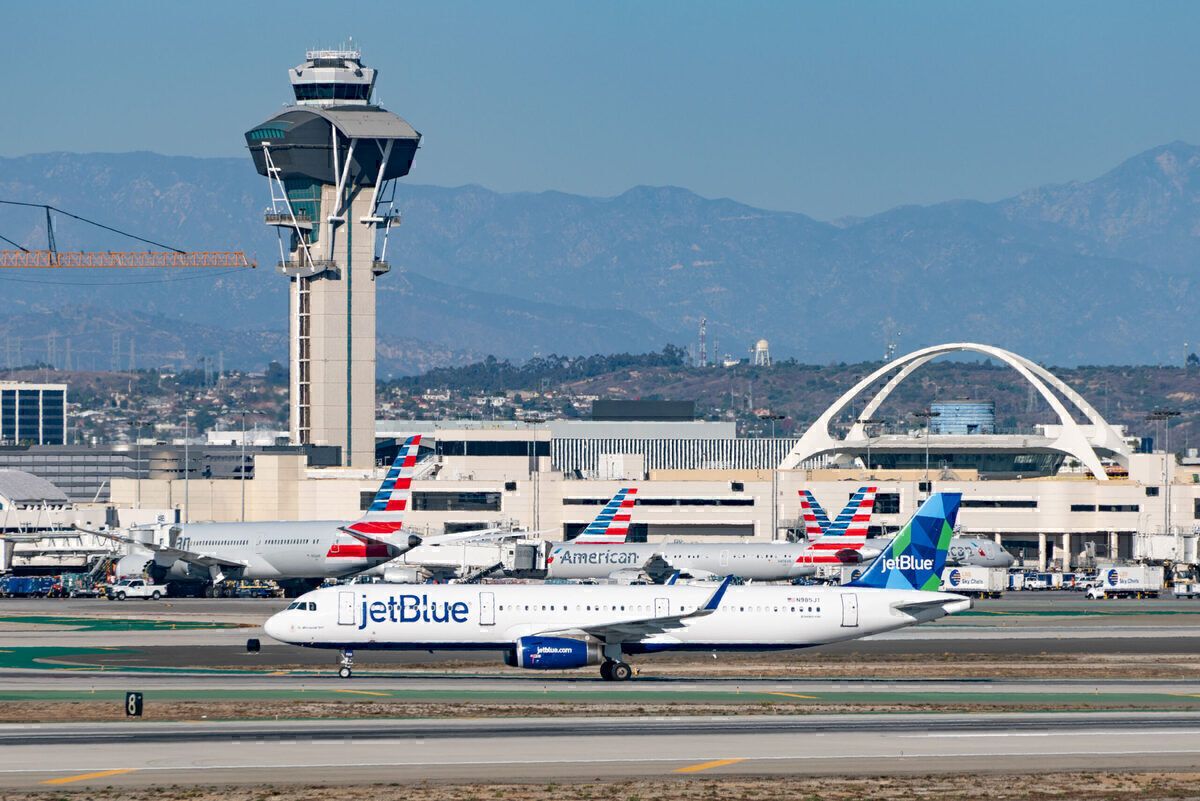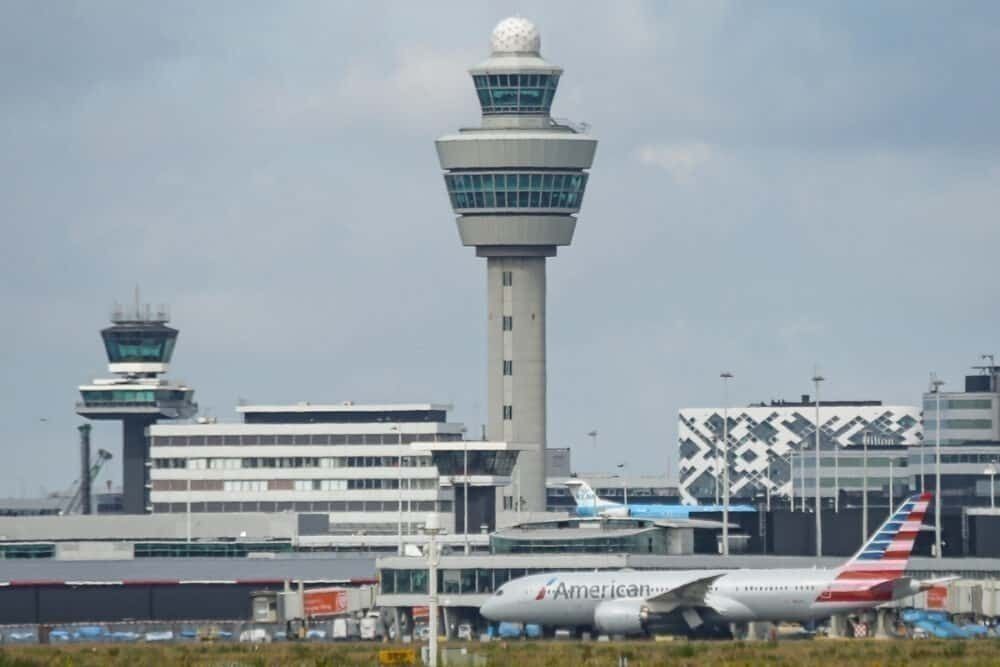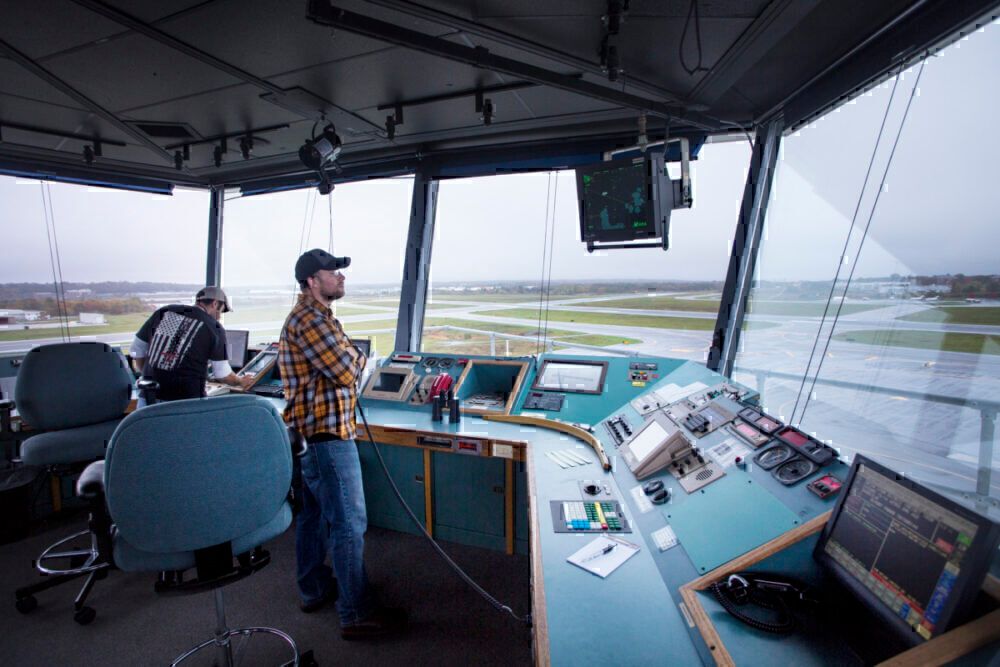Communications are vital to operations at airports across the globe. A breakdown in systems can be detrimental. With these aspects being so important, they are being overhauled with the help of NASA. The agency is currently working on a digital, wireless airport communications system.
Time for an upgrade
For decades, hubs have relied primarily on voice communications over unsecured radio frequencies. Moreover, landline phone calls have been the only secure backup option here. However, the Aeronautical Mobile Aircraft Communication System (AeroMACS) will allow Federal Aviation Administration (FAA) employees in control towers to securely send safety-critical information digitally. As a result of this process, there should be less time waiting on the runway.
Declan Byrne, president of the Worldwide Interoperability for Microwave Access (WiMAX) Forum, explains that the wireless technology available to passengers on their portable devices trumps the bandwidth available to pilots on the flight deck for communications. So, an update is well overdue.
Making it easier
When it comes to ground operations, NASA shares that AeroMACS will ultimately phase out the use of voice communication as the primary method of information sharing. This factor will improve efficiency across the board.
"The new, encrypted, high-speed digital data networks will streamline communications among ground crews and air traffic controllers,” NASA shares on its website.
“Messages sent to a pilot after the plane is on the ground can include diagrams and GPS-style maps, as well as text instructions for runway navigation, gate assignment details, and surface navigation directions."
Byrne highlighted that when a pilot gets on a voice network and talks to the air-traffic-control manager over a radio, there can be miscommunication due to nationals from different countries speaking to each other. Moreover, a bad connection can exemplify the issue.
A committed industry
Aviation authorities from over 150 countries agreed to adopt the WiMAX standard, which was officially taken on in 2007. This uses cellular network infrastructure that’s customizable for the new frequency – the spectrum of 5091 to 5150 megahertz, which is reserved for solely safety-critical aeronautical communications.
NASA engineers have been integral to the testing of AeroMACS. To run the first aviation tests of the system, the group worked with the Alvarion Technologies' Broadband Wireless Access (BWA) division (now acquired by Telrad Networks) to modify existing WiMAX hardware. The outfit managed to build on its progress with the agency to become one of the first to receive AeroMACS Wave 1 Certification. This is an independent validation of performance.
With this hardware, any sensors called subscriber stations will collect, transmit, and receive data. Telrad builds the base station, which "performs the same function as in a cellular network, routing transmissions, with GPS providing timing for the network." Additionally, the firm helps identify the best antenna type. Placement depends on the airport setup and signal coverage needed around the surface.
Notably, a proxy client server executes banking-level security measures and enables user authentication to verify the sender and receiver. Thus, outside intrusions are blocked, boosting security.
The good work continues
Four years ago, NASA successfully transmitted aviation data such as route and weather information for the first time to a taxiing aircraft over a wireless communication system.
Altogether, AeroMACS is cheaper to use and easier to maintain than systems already widely used. So far, over 50 airports in approximately 15 different nations are using AeroMACS to replace voice with data transmission. However, it could take two decades for over 40,000 airports across the globe to adopt the new system.
These breakthroughs are part of the ongoing progressions that NASA helps to achieve in the aviation industry. There will hopefully be even more helpful advancements this decade.
What are your thoughts about NASA’s work to improve airport communications? What do you make of the technology involved in the initiatives? Let us know what you think of the projects in the comment section.




